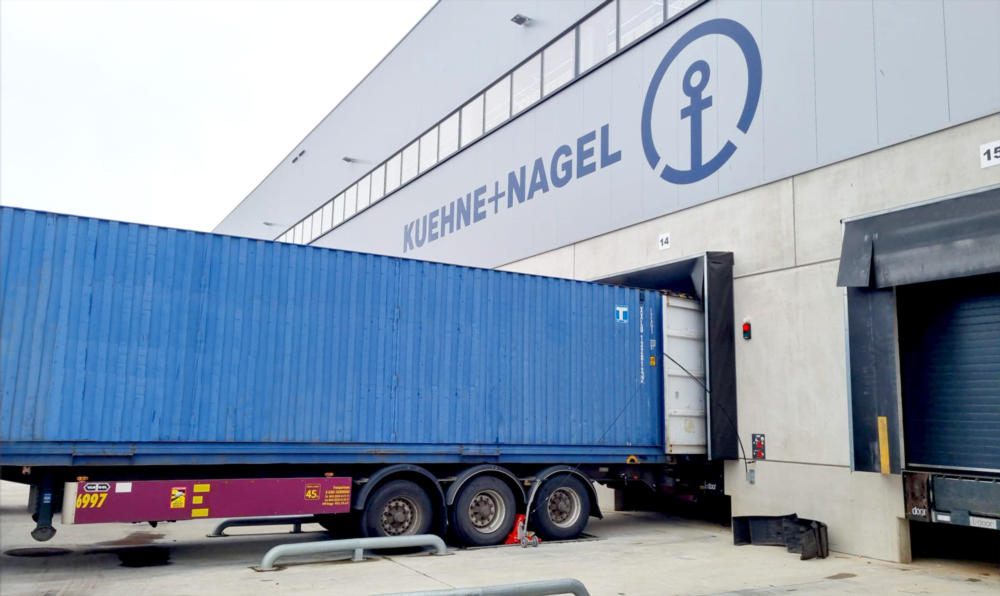GMR Safety: For sure. The truck/dock interface represents the biggest safety challenge for warehouse managers with every year many serious and fatal workplace transport accidents taking place right across Europe. What legislation is currently in place in Belgium to encourage greater workplace safety?
Stefaan: There are strict health and safety laws in place throughout Europe as a result of EU policy relating to worker welfare and protection. However since these regulations stem from the EU Occupational safety and health (OSH) Framework Directive this means that the way they are interpreted, enacted and enforced varies widely from country to country. Essentially, employers must avoid all worker risk as far as possible and assess and mitigate any unavoidable risks. Here in Belgium much of the compliance pressure for this comes from the official Wellbeing at Work inspectorate that conducts periodic facility inspections typically on 6- or 12-month cycle. At these Health & Safety audits any infringements are identified and suggestions for improvement made in a follow-up report.
GMR Safety: With so many of your staff being connected to the dock operations in some way, what sort of reaction you are getting from them about the new safety system?
Stefaan: They’re very positive of course about the improved protection from the new equipment. However, our initial installations are of the portable version of the Powerchock wheel chocks which, although performing well, are not as fast to deploy as the version with the articulated steel arm. Drivers much prefer the speed and very low effort required to use counterbalanced arm version and for this reason we have decided to use this type for the other phase of 27 docks we brought on stream.
GMR Safety: That’s a good point. And this brings us on to the question of cost and value. You mentioned that you calculate return on investment (ROI) to be in the region of just two years. Can you give us your thoughts about the upfront price of Powerchock wheel restraints versus its long-term cost of use?
Stefaan: It can be very difficult to arrive at an accurate return-on-investment figure especially when you are talking about equipment for safety purposes. But in this case, the time and effort involved in the management of the truck securing and key handling was a measurable process and one which, when compared to our standard Powerchock procedure across all the trucks we receive annually, showed that the new system would pay for itself in around 24 months. Mind you this figure applies to the way we are operating here.






